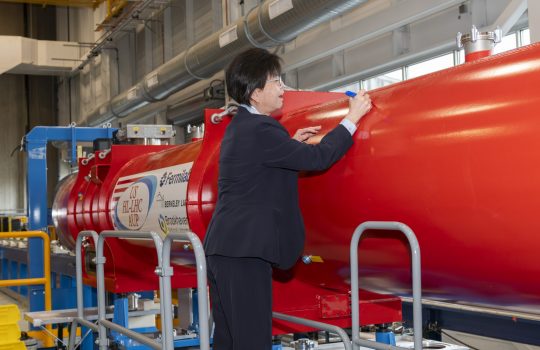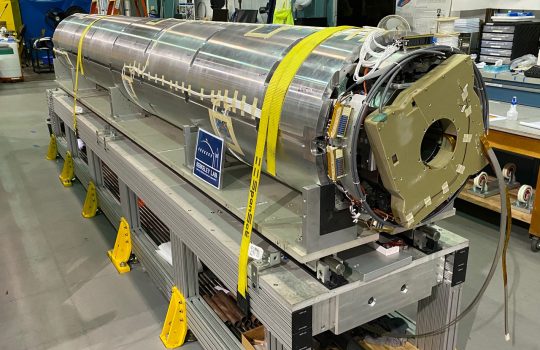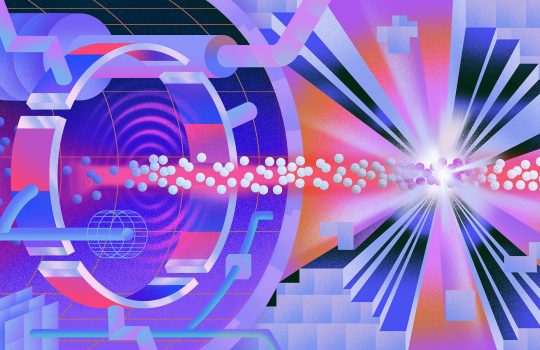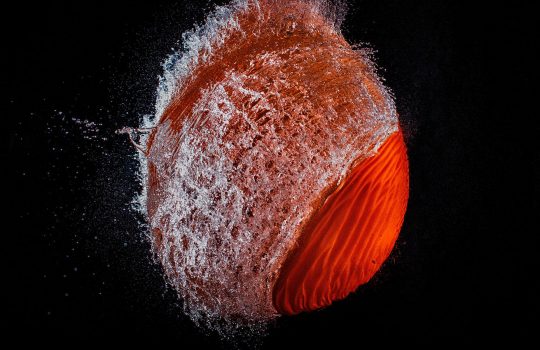First U.S.-built focusing magnet for LHC upgrade arrives at CERN
After twenty years of research, development, testing and production, the United States is now shipping state-of-the-art superconducting accelerator magnets to CERN for the high-luminosity upgrade to the Large Hadron Collider. At the heart of these powerful magnets is a new superconducting material used for the first time in a particle accelerator.






